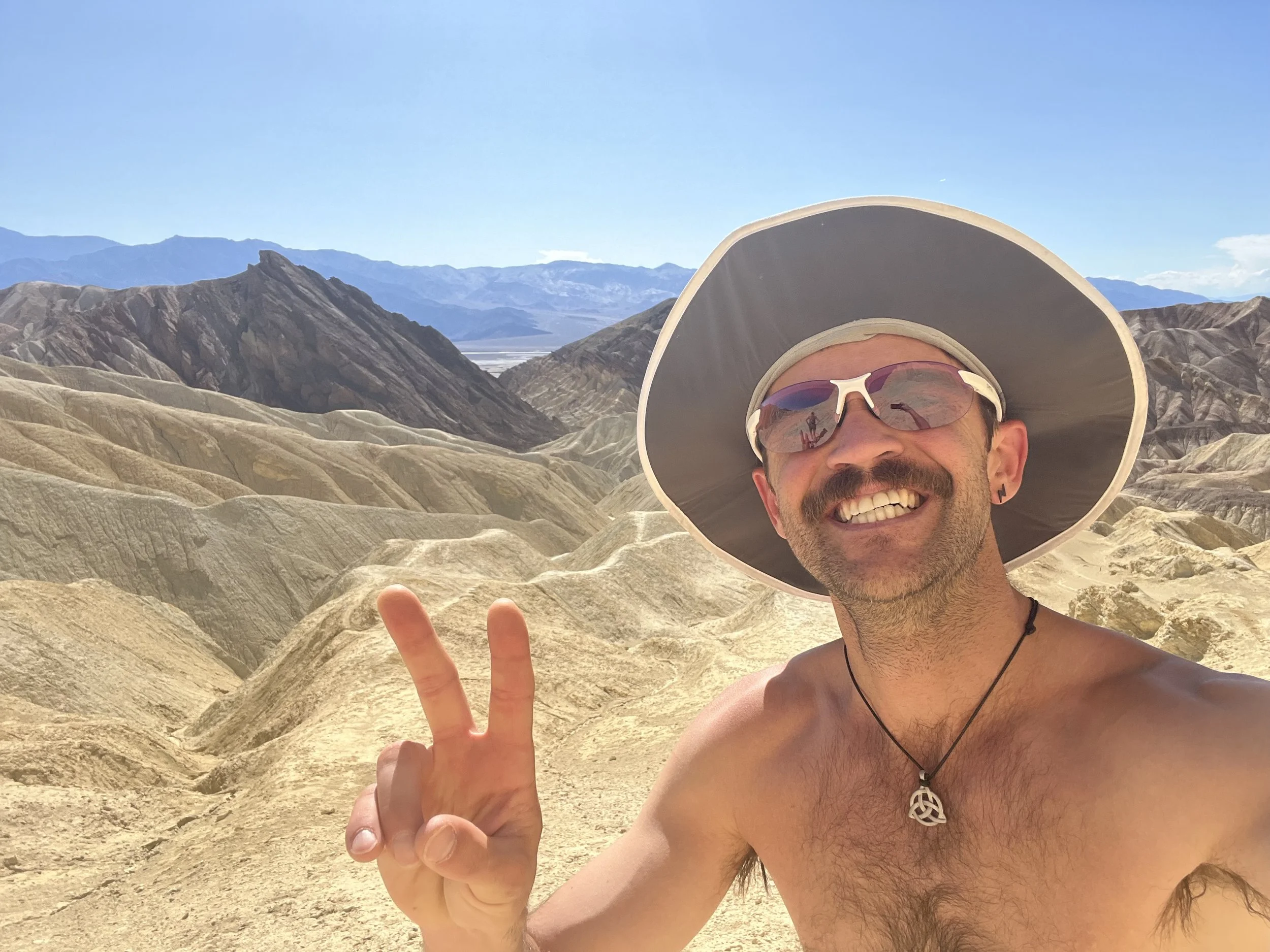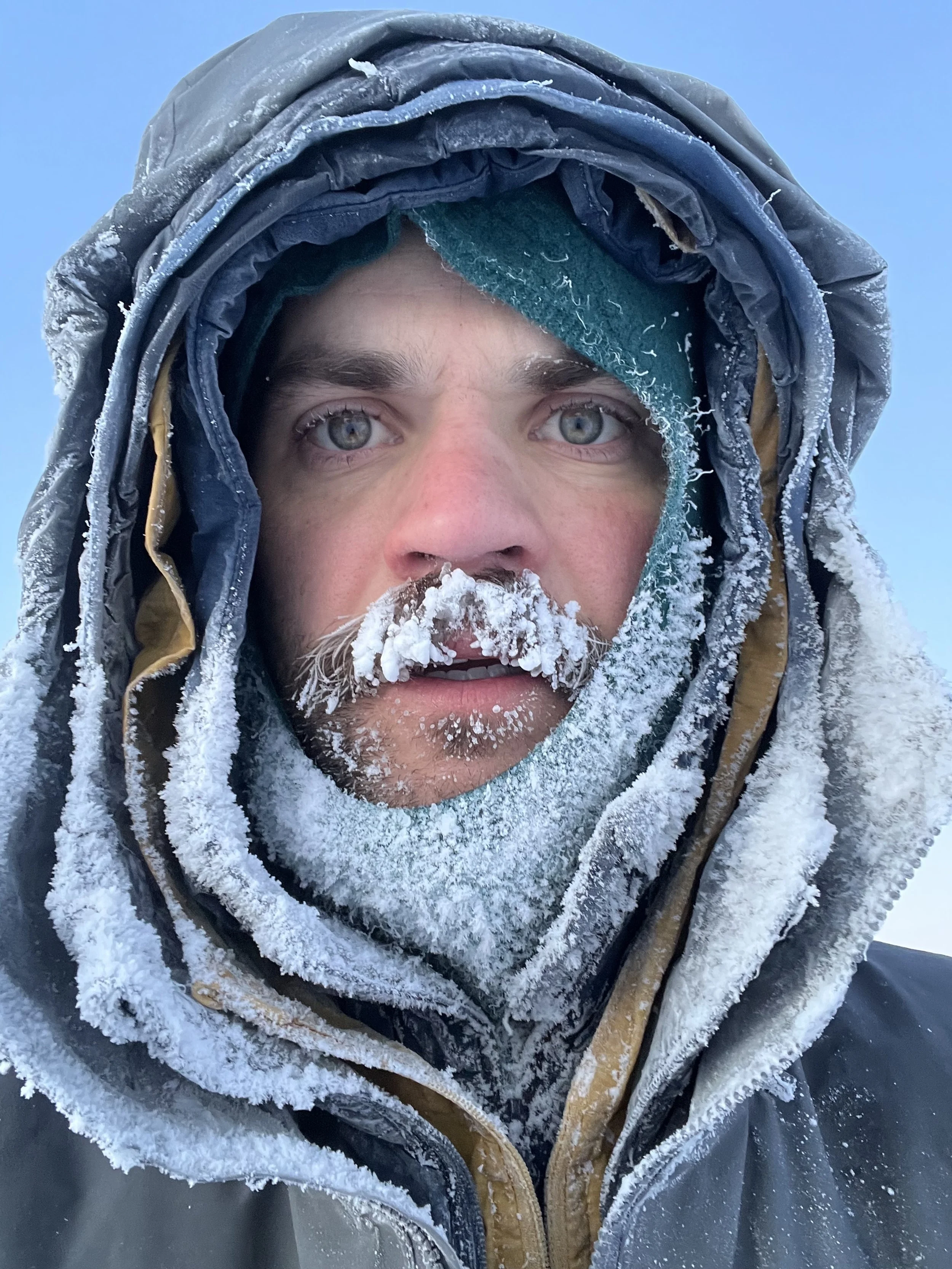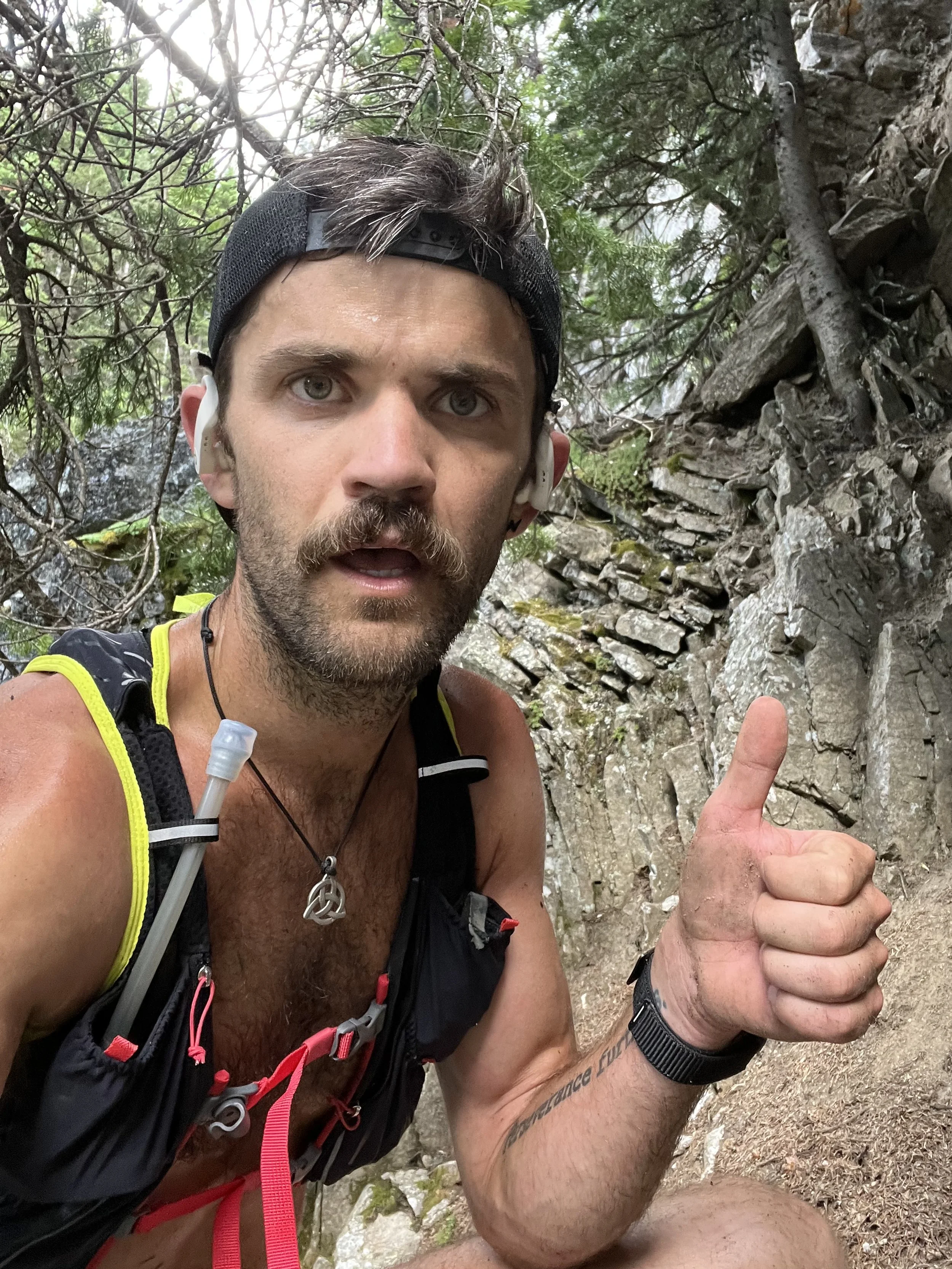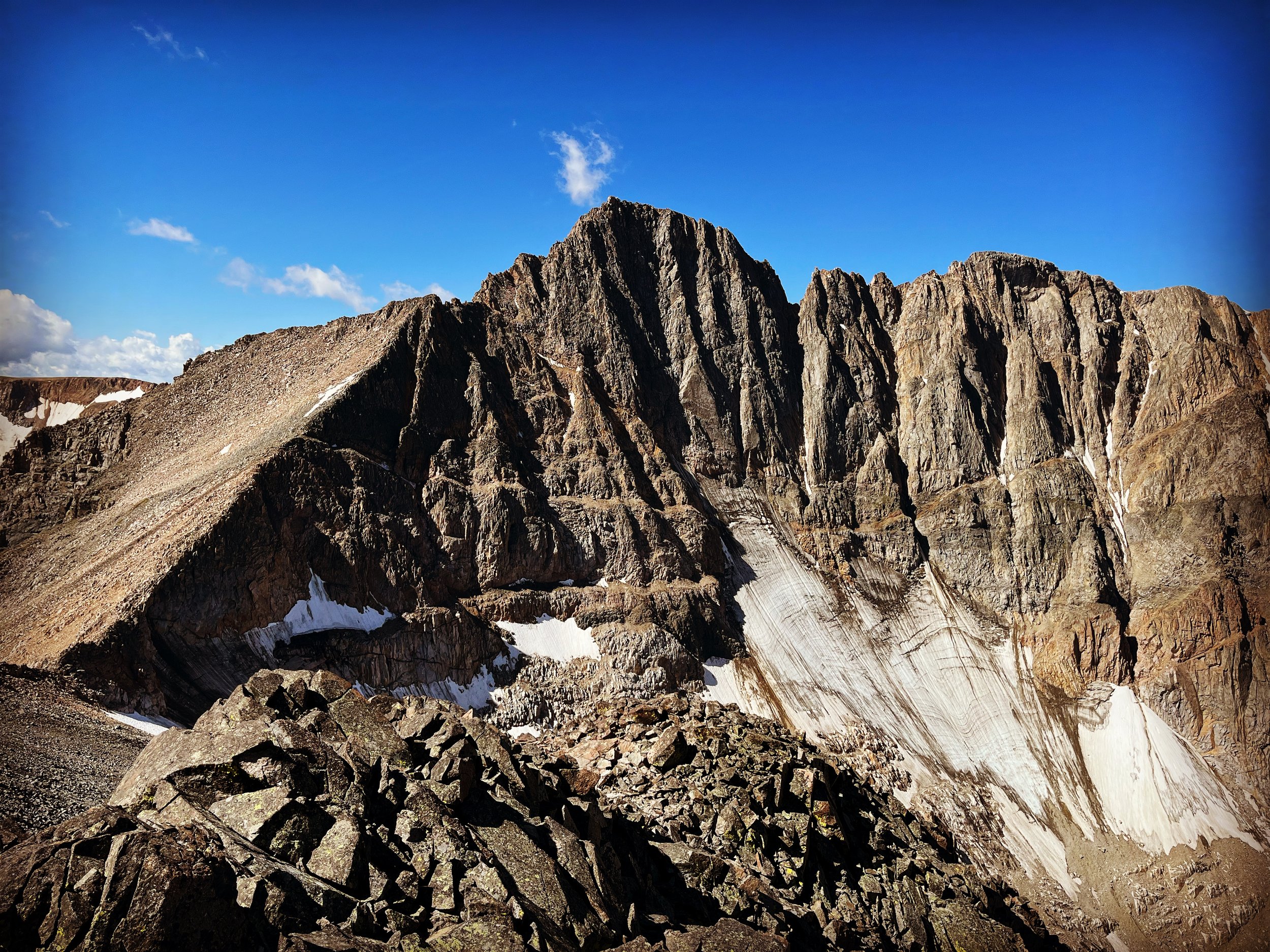The Triple Frown - what it do?
Longest? Coldest. Hottest. Toughest? Steepest. Most technical.
The first race I signed up for as an adult was the Moab 240. I was stereotypically, simultaneously inspired by Courtney Dauwalter and David Goggins, loving the dichotomy. Finishing that race was one of the greatest challenges of my life, and it exploded my preset, self-limiting expectations. “What else is possible?”
And so I scoured the internet, searching for the “most fucked up race on the planet”… but it wasn’t enough.
I had, in a life lived not so long ago, climbed at a level I never thought possible, had you asked me when I started training for climbing a mere 4 years prior. That achievement, which rested atop an education in training and visualization also broke open my mind to possibility beyond what seems to be available to us “regular people”(; I have since learned that we are all regular people). And so, having before chosen an “impossible” goal that I achieved, I knew the drill.
Bite off more than you can chew, then chew it.
Enter The Triple Frown.
The Triple Frown is a trifecta of extremes to be completed in a single year’s time, ideally a calendar year. The efforts chosen below represent those billed as (and actually) the coldest, hottest, and most technical in North America, if not the world. They test the limits of human capacity to encourage self-actualization through sport, which is important to me, personally. Moreover, I’d like to bring a “sport standard” to the extreme, which could be proven by cutting it up with the North Face athletes who race (and have historically dominated) the optional final stage, only 50 miles from my hometown. Indeed, no Montanan has outright won The Rut 50k, although Montana women have taken home divisional first place on at least two(?) occasions!
It should be noted that billings of “longest winter ultra” and “toughest race on Earth” are, at least potentially, inaccurate. However, Tim Hewitt, the winningest competitor in the human powered Iditarod, reports temperatures down to -100 degrees Fahrenheit and Death Valley is certainly the hottest place on Earth at various points throughout the year. Of course, you can’t guarantee those temperatures on any given day.
The Rut 28k is, perhaps, verifiably the steepest race in North America, if not the world, but the 50k is where the competitive action is. So, that’s why I chose that one, alongside the (actual) most technical high point in the United States: Granite Peak; this is a real deal, backcountry effort. You have been warned!
There are few races on the planet that boast zero required gear. It is a special kind of person to even attempt such a race, premised on the competitor’s own expertise in extreme seasonal movement across the Last Frontier’s wildest terrain, including a crossing of the Alaska Range. And it is absolutely unforgiving, this race, in its education. Indeed, my foray into the Iditarod Invitational hadn’t reached 24 hours before I came across one of its wounded: a fat bike racer who ended up losing 8 fingers to frostbite and hypothermic conditions that developed after a 70 degree swing in temperate from the prior day’s start. Multiply this by 28 and you get the average time it takes to finish the 1,000 mile journey on foot. The last 500 miles are unsupported.
*This race takes pace from late February to mid-March.
Iditarod 1000.
The Coldest ::
Anchorage to Nome, Alaksa
Death Valley is home to naught. It is one of the most inhospitable zones on Planet Earth with temperatures recording over 130 degrees in the middle of summer. This is when they run what is accurately labeled as the “hottest race” in the world. Now run it solo, unsupported, and add Mt. Whitney to the back end for an FKT attempt of the lowest to highest points in the contiguous United States. (Gets me jacked just typing this!)
*Must be run in July.
Badwater 146.
The Hottest ::
Death Valley to Mt Whitney, California
Granite Peak/The Rut 50k.
The Most Technical ::
Montana
Granite Peak, one of the 50 state high points, is considered the most technical for some low 5th class rock climbing. This could be considered scrambling for proficient climbers or terrifying for non-climbers. Buyer beware! You can find my route here: Herman’s FKT.
For those unwilling to risk it for the biscuit, I’ve included an optional route: The Rut 50k. Still, there are sections of this course, including the ascent and traverse of Headwaters Ridge, as well as the ascent of Bone Crusher Ridge towards the summit of Lone Peak, that are extremely steep and technical with sections of exposure and rockfall hazard that are not guarded by any railing or marker. The result of a fall in these sections could be injury or death. Simultaneously, this is the largest trail race in North America with one of the most competitive fields, at times boasting the entirety of the North Face elite team. Killian Jornet is second on the 50k’s list of fast times.
No Montanan has won the 50k outright. And I take that personally.
*This race is run in September, but an FKT of Granite may be run at any time (curious about a winter FKT, actually).






